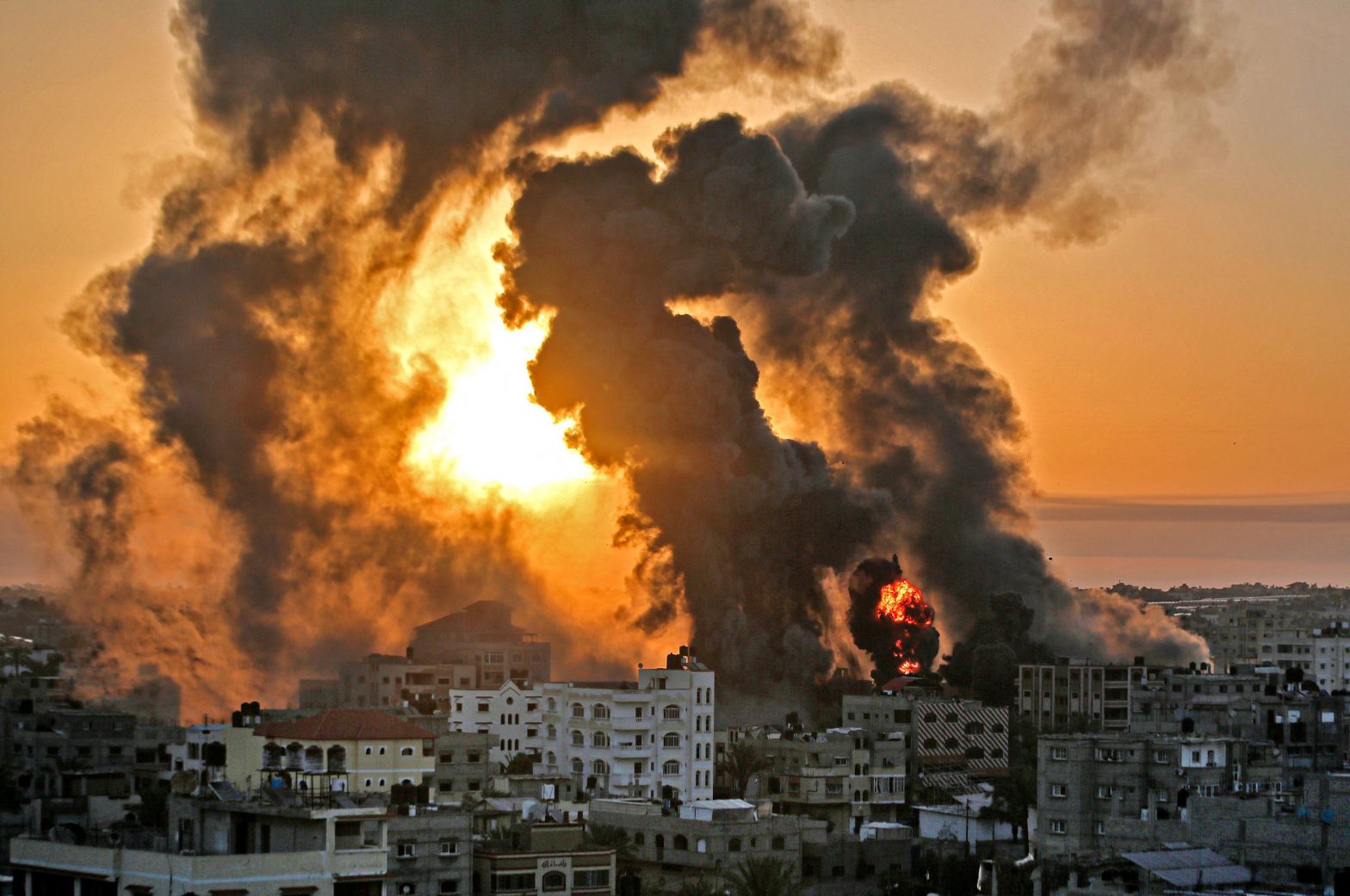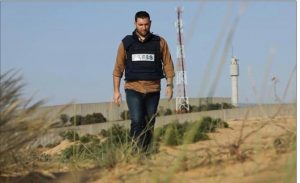In response to events in Gaza, Israeli authorities have employed force, launching airstrikes on buildings and resulting in the tragic deaths of at least 436 people, including 91 children and 61 women, as reported by Gaza’s health ministry. As of Monday morning, Israel was still in the process of regaining control over seven or eight locations, according to IDF spokesman Richard Hecht.
The exact number of hostages remains uncertain. Hamas has claimed to hold dozens of military commanders and soldiers, while Israeli media has suggested the number could be at least 100, including elderly individuals and children. The Palestinian Islamic Jihad, a distinct group from Hamas, has also stated that it holds 30 hostages, and their release is contingent on the liberation of Palestinian prisoners. The Israeli military has confirmed the presence of hostages but has not disclosed a specific figure.
The hostage situation has evoked strong emotions in Israel and has further complicated the country’s response, potentially escalating the situation. The Israeli military’s operations have been impeded by the presence of hostages and the absence of civilians, according to Hecht.
Among the hostages are citizens from various countries, with Thailand reporting that 11 of its nationals have been taken captive. There are reports of Americans being among the hostages, as confirmed by Israeli officials.
Who is Almog Meir Jan?
Social media platforms, including Instagram, have been flooded with images of missing individuals and pleas for information. Many of those identified as missing are young people who had attended an outdoor desert rave. One such individual is Almog Meir Jan, a 21-year-old who had recently completed his military service. His family recounted his last contact with them before losing touch.
The situation is noteworthy because, unlike past instances that led to military conflicts, many of those taken captive in this case are civilians. Abductions and the killing of even a small number of Israeli soldiers or civilians have previously triggered wars in the region. For instance, in 2006, the capture of three soldiers in Gaza and Lebanon led to the Second Lebanon War with Hezbollah. Eight years later, the abduction and murder of three Israeli teenagers in the West Bank by Hamas gunmen resulted in a 50-day war in Gaza. In 2011, to secure the release of soldier Gilad Shalit from Gaza, Israel released over 1,000 Palestinian prisoners, some of whom subsequently carried out fatal attacks against Israelis. The present situation is unique because it primarily involves civilians rather than soldiers.







